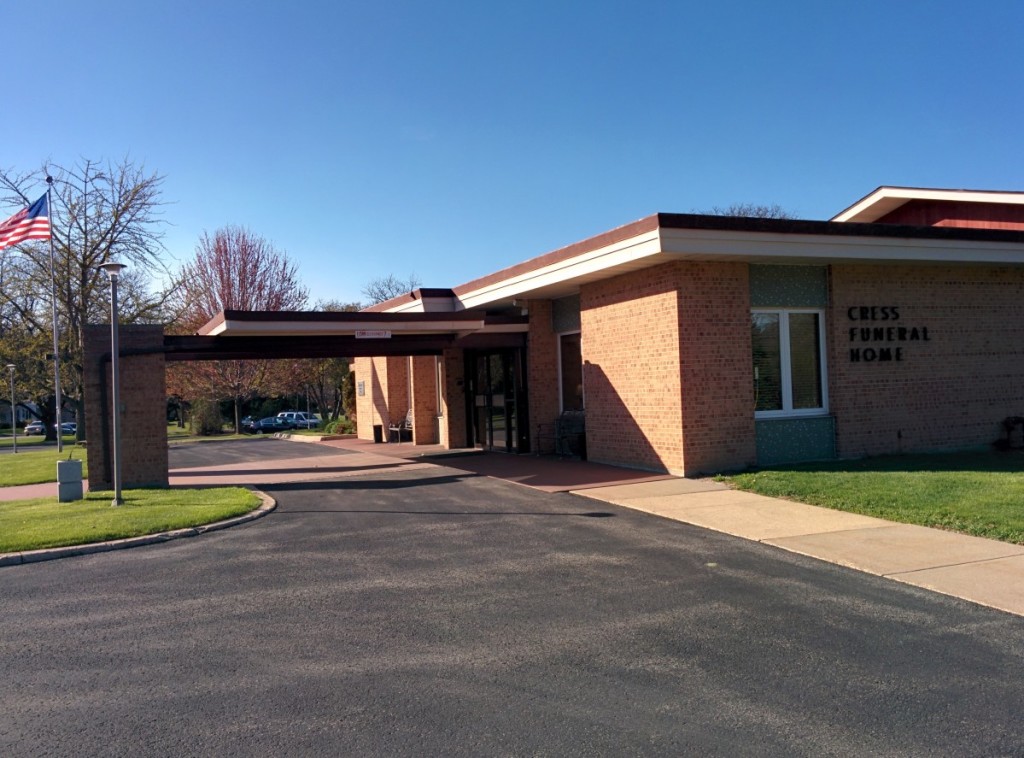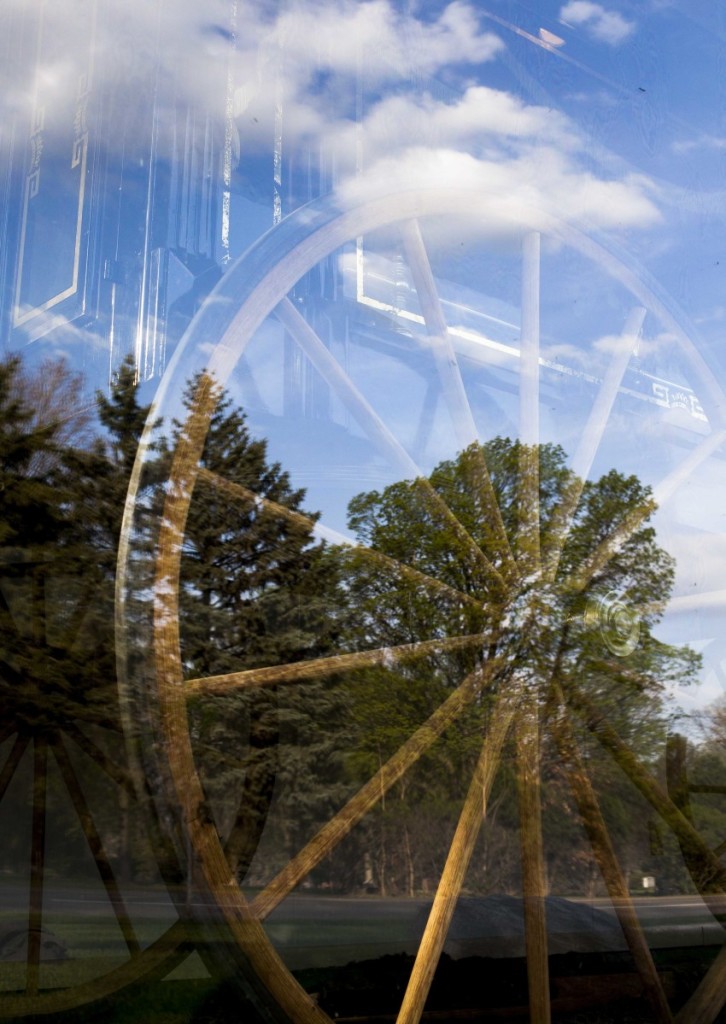Imagine all of the planning that goes into a wedding – the dress, the venue, the announcements, the invitations, the flowers, the catering, the ceremony itself, and someone to preside at that ceremony. Now imagine that instead of the typical nine-month engagement, all of those tasks must be accomplished in three days and for a third of the cost of a typical wedding. Such are the challenges of organizing a funeral.
To manage all of those tasks, most families who lose a loved one will hire a funeral director who assists the bereaved with the many factors unique to the end of life. A funeral director must be trained and licensed to handle the medical procedures and legal regulations that govern the process of dying. They must know how to clean, embalm, and otherwise prepare a body for funeral services and transportation to its final resting place. And, most important of all, they must ensure that both the deceased and their surviving loved ones have all of their needs and wishes met during a time of enormous loss. In short, as a professional and as a business proprietor, the funeral director acts as both the supervisor and the steward for a body’s journey from death to the cemetery.

An old plaque from the time when the Frautschi family owned the funeral home on Speedway Road. Photo by Brad Baranowski.
To further explain that journey, let’s walk through the process from the point of view of one individual death. After the moment of passing, a doctor, nurse, or medical examiner pronounces time of death and coordinates with the family to have the body delivered to a funeral home of their choosing. Either a family member or an assigned funeral director then fills out an official death certificate, which lists the name and contact information of the person who will have final responsibility for the care and transport of the body.
Due to a quirk in Wisconsin state law, and to the consternation of some industry professionals, the designated individual does not need to be licensed as a funeral director. But whether or not he or she has been trained in the proper way of handling the deceased, whoever accepts responsibility becomes liable if the body happens to be lost or mishandled or if the state has reason to believe that regulations were violated in the days after death. For that reason, and despite what the law allows, the vast majority of families opt to hire a funeral director.
The time between the actual death and the assignment of a funeral director might be a matter of minutes, hours, or even days depending on the location and circumstances of the final moments of life. But even when loved ones have ample time to prepare, many avoid thinking about the difficult decisions involved. In order to prevent the greedy or the unscrupulous from taking undue advantage during this time of grief and confusion, the law prohibits anyone from soliciting the bereaved during those difficult moments.
Funeral directors, however, are allowed to advertise their services and hospitals and nursing homes often provide a list of available funeral centers in the area. Most often, families will decide to hire a particular company based on whomever family or friends have used in the past, or what they may have heard through word of mouth. The largest funeral home company in Dane County, Cress Funeral and Cremation Service, has eight different branches in the area that handle around 1,300 “death calls,” which is the term used to describe when a client brings in a funeral director.
After the initial call, the funeral director arranges for the body to be delivered to their premises. From there, they work with family to determine the final resting place for the remains. Those decisions determine which other services the funeral home will provide. A body can be entombed, interred, cremated, donated to science, or buried at sea. With the first three options, the body may be given an earthen burial or placed above ground in a mausoleum. In case of cremation, the ashes could also be scattered at one or several locations. For donation to science, the funeral director will turn over the body to a university or research institute, which according to Wisconsin law can only use the body for instructional purposes (for more on this point, see An Alternative Journey). Finally, ocean burials can only take place in international waters, which of course rules out any of the lakes in and around Wisconsin.
Perhaps the most expensive and sophisticated operations during a body’s journey involves cremation. The crematory itself, a shiny, stainless steel contraption with multiple buttons and meters, takes up an entire room. Even with such a massive machine, the process of turning a body to ashes takes multiple hours depending on size and weight.
The crematory must first be heated to an optimal temperature of over one thousand degrees and then allowed to cool all the way down before the remains can be removed. It takes several of these cycles to ensure that no particulate escapes into the atmosphere and only heat radiates from the chimney.
Like any other oil or animal fat, human tissue can generate intense fires. To better control the temperature, the funeral center staff chills some bodies before cremating them. Although the machine itself has no windows, the crematory room at Cress includes a carpeted area complete with a couch and other furnishings where the family can watch their loved one be placed into the chamber.
Whether the family opts for cremation, or one of the other four options, that initial choice sets certain parameters for the remaining decisions. For example, prior to cremation, a body must be placed in some form of rigid container, perhaps not a full casket but more than a shroud, in order to be transported into the crematory. Likewise, funeral directors recommend embalming each body before any open casket funeral. They argue that embalming ensures the health and safety of their employees and funeral attendees, as well as preserving a more pleasing appearance. State law stipulates, however, that embalming cannot be required.
Although the purposes of embalming may be a point of contention, funeral directors follow strict procedures to protect against the spread of infection and disease. Besides dangerous, blood-borne viruses like Hepatitis or HIV, any number of afflictions could endanger the funeral center staff or anyone else that comes into contact with the corpse. Without adequate precautions, an illness that took the life of one individual might spread to endanger others.
For the majority of decisions, however, the wishes of the family take precedence. The next of kin may opt for an open casket funeral, full embalming, and a luxury coffin even before a cremation or dedication to science. On the other end of the spectrum, a full casket burial might be paired with a small memorial service or no service at all.
No matter the scenario, funeral directors try to anticipate every religious tradition or personal preference, and legal regulations require that every customer be given a full range of options. According to Federal Trade Commission regulations, funeral homes must provide each family with pricing for an assortment of caskets, memorial service options, and other arrangements (click here for more on the FTC Funeral Rule). Some funeral homes also make special accommodations for personal hairdressers and stylists to tend to the deceased, if the family wishes to bring them in. However, these services should not be confused with the cleaning and embalming process.
After various choices about preparations, caskets, and services, the family must decide on a final resting place. Unless they opt for donation to science, scattering the ashes, or burial at sea, they must choose a location for burial or interment. If the deceased already owns a plot or a place in a mausoleum, then the funeral director will contact the designated cemetery to initiate the burial process. Otherwise, the director will inform the family about suitable locations in the area and facilitate the purchase of a space.
Besides Forest Hill, families in Madison have a number of options, including Resurrection Cemetery, owned by the Catholic diocese, and several private cemeteries. In order to offer an alternative to these more traditional cemeteries, in June 2011 a local family turned their farm just west of Verona into Natural Path Sanctuary, which offers “green” burials. Described on their website as a “nature preserve burial ground/cemetery,” Natural Path prohibits embalming fluids, does not permit graves to be reinforced with concrete, and only allows biodegradable materials to be buried with the body.
Once the family determines their preferred cemetery and selects a plot, the funeral director coordinates with the cemetery to deliver the body for burial. Upon delivery of the body to the cemetery, the law requires the director to remain on site until the grave has been closed. Otherwise, the cemetery staff take the lead from there to prepare the body’s final resting place.
Back to Top | A Body’s Journey Main Page | Part 2 | Part 3 | Alternative Journey
acknowledgements:
William S. Clark Sr., Funeral Director/Managing CARE Specialist at Cress Funeral and Cremation Services, for sharing his expertise and experience as a funeral director. This page does not necessarily reflect the views of Clark or Cress.
Featured image at the top by Brad Baranowski. For more of his work go to http://www.bmbfotos.com.




